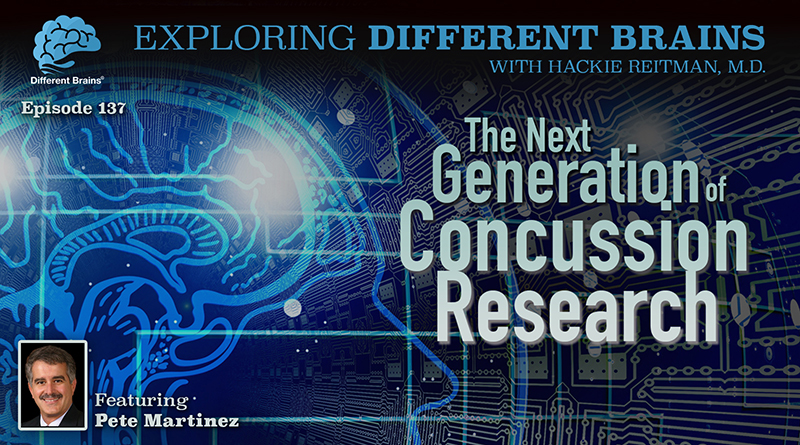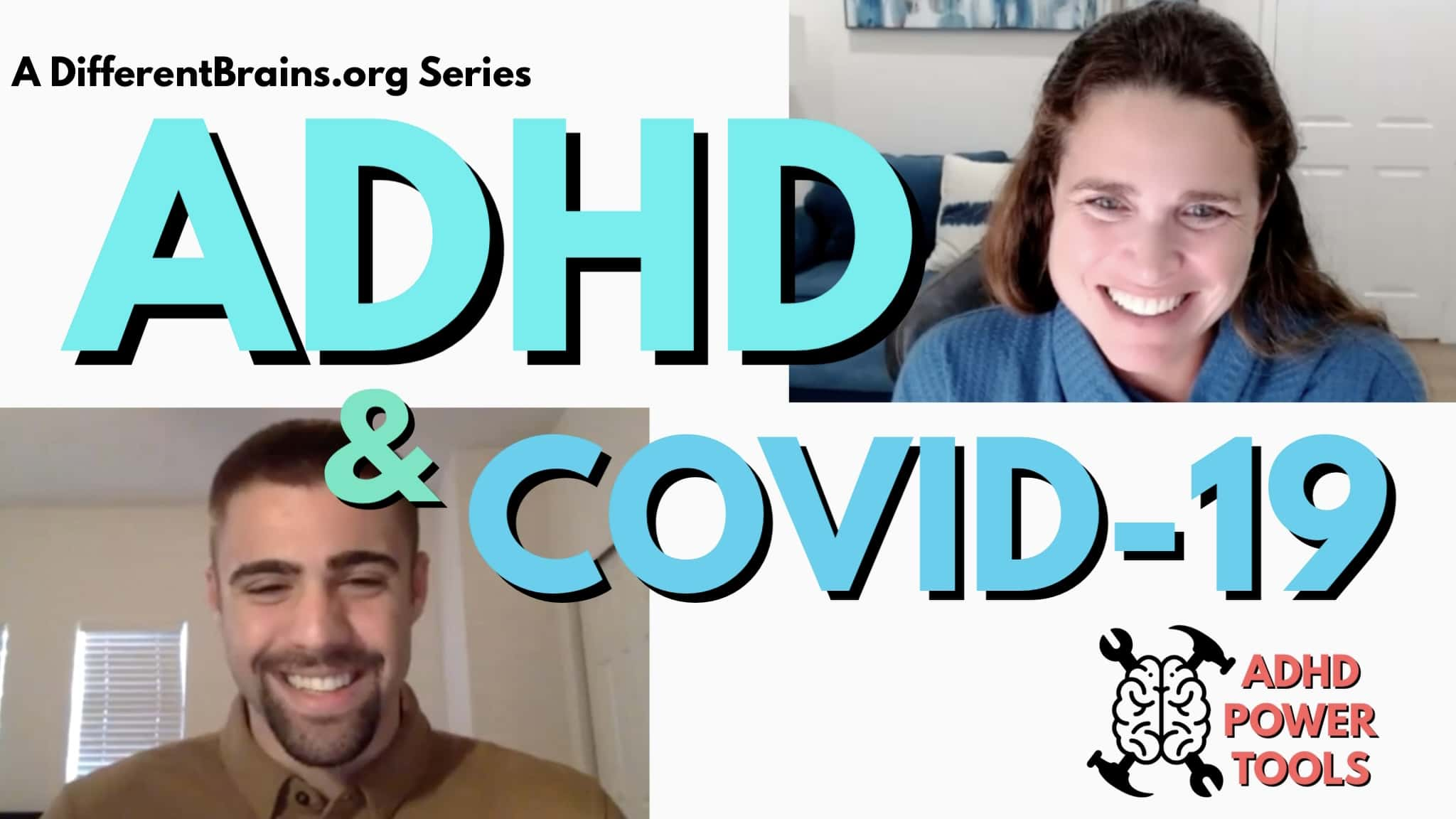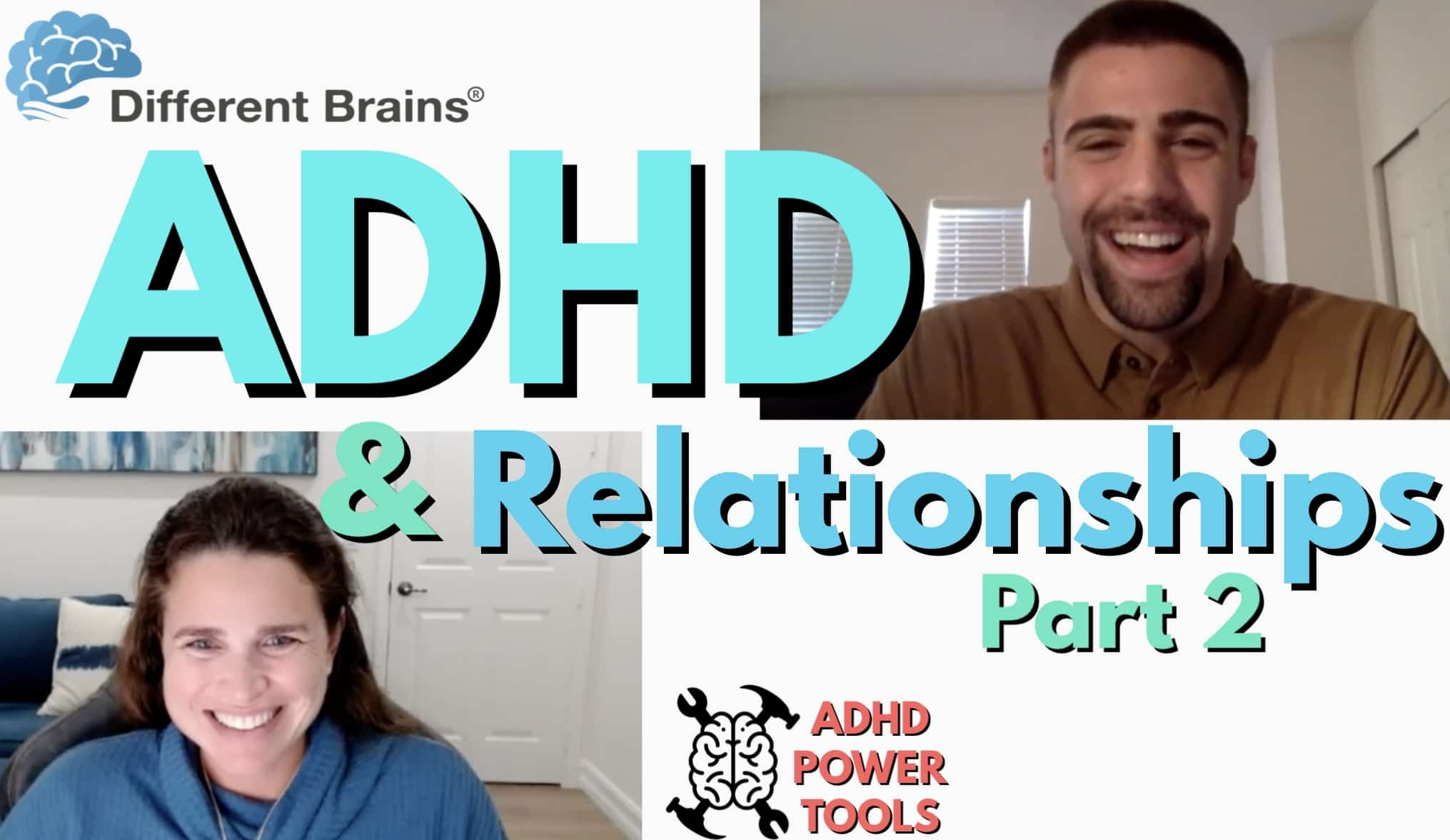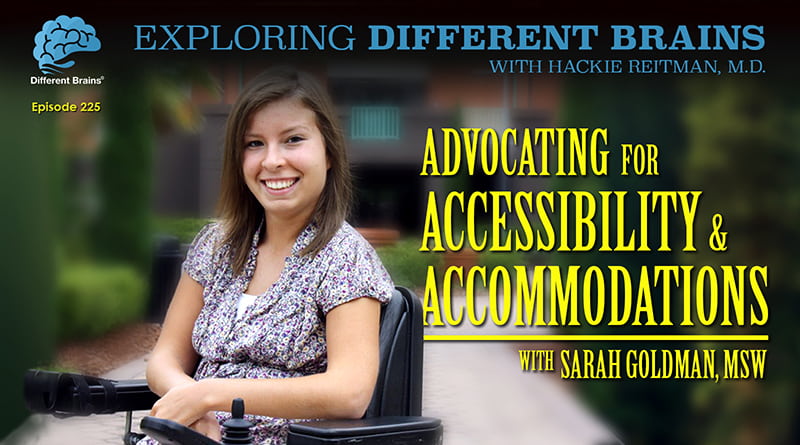
The Next Generation of Concussion Research, with SIVOTEC Analytics’ Pete Martinez | EDB 137
In this episode, Dr. Hackie Reitman speaks with Pete Martinez, the CEO and Chairman of SIVOTEC Analytics.
SIVOTEC uses the most advanced technologies and analytics to reveal, define, and illustrate the individual human attributes (signatures) that shape health, athletic development, and human performance. Before his current position, Pete had a 32 year tenure with IBM, where he was Vice President of Global Business Services and the Senior Location Executive for IBM South Florida. There he led projects in the areas of advanced research, supercomputing and information based medicine. Mr. Martinez is also Research Affiliate at the Massachusetts Institute of Technology (MIT) and is a visiting professor at Florida Atlantic University and Florida International University. Additionally, he is Chair of the University of Miami School of Engineering Advisory Board, Chair of the Florida International University School of Computer Science Advisory Board, member of Florida Atlantic University’s Engineering Advisory Board, and is Chairman Emeritus of the Florida Research Consortium Board of Directors. Pete discusses the revolutionary way SIVOTC is using technology and artificial intelligence to research concussions, CTEs, and dementia. (18 minutes)
For more about SIVOTEC: sivotecanalytics.com
For Pete Martinez’s full bio: sivotecanalytics.com/pete-martinez
.
75 Second Preview:
.To listen or download the podcast version of this episode, see the embedded player below.
Or look for us on your favorite podcast provider:
iTunes | Stitcher | SoundCloud
[expand title=”View Full Transcript”]
HACKIE REITMAN, M.D. (HR): Hi, I’m Dr. Hackie Reitman. Welcome to another episode of Exploring Different Brains. We have the great pleasure of having American genius and entrepreneur, my friend Pete Martinez in the office, and he’s going to tell us all about his vision for artificial intelligence helping all of our brains. Pete welcome.
PETE MARTINEZ (PM): Thank you very much doctor.
What is SIVOTEC Analytics?
HR: Sivotec, your new company, that’s the big one. Tell us what’s going on.
PM: Sivotec stands for “signatures in vivo”, so signatures of the living through technology, so think about your signature being your genomic profile, your biochemical profile, your cognitive profile. So we’re using artificial intelligence and machine learning, some of the most complex and sophisticated technologies, to actually start understanding the human condition. What is it unique about you that causes the following things: whether it be propensity to concussion or autism or a variety of different notions that we have right now, issues that we’re dealing with that are very complex. So far we’ve been dealing with the symptoms, but not with the root cause. We’re going deep inside the body and figuring out using some of the best technologies to actually understand it, so we’ve been very, very fortunate to have the best minds, best technologies, and best business entrepreneurs to bring these things to market.
Concussions
HR: Concussions is something I have a particular interest in because I had 26 pro heavyweight fights, and during that time I used to take some heat cause I would be the team physician on the field. Quarterback would get his bell rung and I keep him off for weeks from Friday. On Saturday night I’ll be on TV getting knocked down 3 times. Tell us your vision for giving something substantial through the use of artificial intelligence to deal with concussions in a better way.
PM: So far we’ve been studying the obvious: what happened to the 50 year old plus that had some kind of traumatic situation and that portion of the life. We’ve been examining, doing biopsies on people that committed suicide, know why is that. Well, we’ve been studying the after the fact; we’ve been studying the results not the cause. We believe that obviously something starts with brain trauma at some point in time, but at what point in time did that trauma become a chronic disease? At what time do the blows to the head become dementia, Alzheimer’s, or CTE. So instead of studying the agent, we’re actually starting the young. We’re starting to study at the high school and the college level. Those brains that are still in the maturing aspect and at what point in time do we start seeing the presence of some of the indications of something changes. And we’re doing it from three completely different pieces of science: first, genomic; second, biochemical. Are there proteins in the brain that are already starting to act as a defense mechanism? And third, high-definition energy to actually verify and validate that something is going on, find an awful lot of very very interesting had a very interesting point in life which is when you still can do something about it, still 30 years to retire the development of inflammation and all of these potential causes, so we’re looking for the areas of hope, not just manage it, but prevent it, you know.
HR: Prevention and taking positive actions is trying to be about and what you’re talking about is by getting all this data together will actually be able to prospectively see where do you stand and where is the day to stand, and is it objective or subjective when we talk about neuropsychological testing.
PM: Plenty of data to go round but it has been the side – sitting on very, very underutilized databases, so it’s never been collected, never been synthesized, never been put through the divorce. So one of the things that is very common right now is to store something in a very dormant state. What we can do now, what the technology allows us to do is put what is called multi-domain, different pieces of science now bringing together, so what’s the relationship between concussions and ambient temperature, humidity, or altitude, or the impact force, or the bio chemical properties of the body we have never had the capability to intersect, though certainly our minds don’t work that way and we can’t figure out problems that big, but the computational capability now you’re going to be stepping on some toes in this various industries and things, and you want to talk about that the model is partnering with all of those toes. Everybody’s got a genuine interest in a better human condition, and we don’t believe that we are the single source of intelligence. Quite the opposite, everybody’s got a level of contribution, so whether it’s their clinical, where there’s a pharmaceutical, where there is the insurance company and helmet manufacturing, so they all play a very substantial role on this thing. So creating the big data model so that everybody can contribute to it but everybody can extract and benefit by creating a better condition, that’s our goal.
HR: Turn back around and I see you’ve assembled a great team of the different kinds of talents and skill sets tell your 30 year experience prepared you for this.
PM: I was incredibly fortunate to spend 32 years with IBM. I started off as a rookie engineer. When I retired 11 years ago now, I was vice president of the consulting business, but within that period of time I got to work on some of the most insane technologies with some of the brightest people in the world. But it wasn’t just about the technology. I saw the application of the technology in transforming financial industries, retail, education, health, you name it. We were involved with it. The power now to go after such a big problem,s which is the understanding of the human body, is phenomenal. Another area of high interest aside from the concussion is autism. Autism is a very complicated situation, the variety of different situations. It’s probably going to be a combination of 32 different factors that when they coincide something happens, so it’s probably some genetic properties from biochemical properties, some external factors and people, as well as a vaccine, or was environmental, it was the diet. It’s probably the combination of all of those, but unique to an individual so our ability to both stimulate what could happen and then personalize it to the individual, I think that’s where I’m going to find the
HR: Another way of saying personalization is what we say here at differentbrains.org, that every brain is different like a snowflake. No two are alike. And we’ve been trying and medicine is an MD one-size-fits-all and that’s really not the way it is.
PM: It’s one size fits none. One size fits none. The ability now to take very complex problems does a baseline but then put the unique variables of the individual on top of them says oh how does that individual relate to the bigger problem that’s exactly where we’re going multiple variables in a cohesive kind of way that we can, so what kind of offloading it from my brain, well think of the power of artificial intelligence now. We have machines that start thinking through very much the way we do we look at patterns. We look at moving, we look at a bunch of different variables but it’s not only the processing capability. Think of the access too that the computer has, we, even if we try, we could not read 200,000 manuals in one day. A computer can read it in one hour, so it’s got a massive database behind it to assimilate and compare anything unique about the individual against all these other cases and the ability to learn from every condition, so this is machine learning. So with every transaction I remember it and I improve myself. That’s huge.
The Importance of Data
HR: What kind of timelines and deadlines if you will, are we looking at with Sivotec in your vision?
PM: The first is data gathering. Data capture. So we’re talking to some other organizations and have lots and lots of data and lots of expertise related to it, so the first is capture a lot of information, clean it up, synthesizing and start going through the analysis. We’ve been very blessed that there is tons of data out there and technology so we’d haven’t had to invent new technology. It is primarily appliance. Think of artificial intelligence has been around for 30 years, okay, but now it’s gone down the cost curve and up the quality curve, so now we’re at a very very interesting leverage point. So our number one task right now is data. So if you have data, we want it. We’re going to partner up with you. We’ll give you all the credit in the world for it, but we’re going to go through heavy discovery. It will take time but it’s not the traditional way of the petri dish, the mouse, or the monkey, 15 years to resolve something. It will happen much, much quicker because now we’re dealing with the speed of computing capability which will happen in minutes, not in years.
HR: About some of your team members, I’ve met a couple of them and they’re high octane.
PM: We try to create a very diverse plateau, intellectually diverse, so we have Dr. Mike Bergeron. Mike is one of the world’s authorities in sports medicine, sports physiology, because he’s got background with International Olympic Committee, Major League Soccer, and Fleet Safety performance and a lot of the conditions related to it. We have Louis Beintallo (???), NBA from MIT, incredible business modeling capability that can take very abstract subjects and how do you present that to an investor base to actually attract that. We have Doug Puleri, who not only was an executive at IBM; he led one of the most sophisticated artificial intelligence projects in the world and we were very fortunate to to bring him on board. So if you look at the combination, it’s the signs of technology and the business aspect working together, pushing the envelope very fast, broad set of advisors and collaborators that we have working with us which include things of medical schools, geneticists from from around the world, and top technicians or technology experts. So what is really, really exciting is to be able to challenge all of these great minds to come up with a greater cause. I put in everybody’s performance plant the number one line: improve the human condition. Everything else comes with it.
HR: What are your biggest limiting factors at this point?
PM: The apprehension and the resistance of the sum of the denominator concerns privacy. Security in the protectionism of data, what are you going to do with this thing, like treat this data as if it’s gold and it’s your gold and it’s everybody’s privacy and everything else, so we attack that. They won the moment you say look, there’s a greater good here, so by you holding onto your data it doesn’t move the needle one bit, so we will put structures in place that provide the privacy, your ownership, and provide you the financial incentives to partner up with us and move very, very quickly. Our model and our motto has always been fail fast, fail often, but fail cheap. By the ability to leverage the technology that we have today is radically different from the traditional means that we’ve had for developing it in the healthcare arena. This is very revolutionary. This will change the game radically. what are the biggest changes in technology you see coming in the short-term, and they’re coming from three different areas: one, processing capability. So that’s a supercomputing capability in order to do now artificial intelligence, not the traditional vertical computing. The second one is the storage capability. Think of a sequence of a human exome to be about 8 terabytes worth of of data, so we need lots and lots of storage. And the third is the communications capability. The networks were actually being able to upload and download massive amounts of images, videos, DNA sequences, and such. Those three are really what makes the the technology superior at any point in time when will become the pinch point. But at the speed data technology’s growing, you’re in Moore’s Law, which is what we use in in technology, which is the speed of processing doubles every two years. It’s limitless. So we are very, very bold right now in the type of problems that we’re going after.
Hope
HR: So let’s say I’m a differentbrains.org parent member or my brain’s a little bit different myself, which mine surely isn’t. What do I take home from this? What do I say? How can I apply this to me?
PM: Hope. Hope everything that we’re doing now and God bless you for the support structure that you’re providing to those parents right now, because you’re helping them cope with a given situation, but we’re not getting to the core of the issue itself, so our message is we don’t want to know what happened. We are one. Understand why it happened, so there’s a a tracking that they should be able to do, follow the progress of the technology in the discovery and stay very tuned to it. I collaborate, communicate with parents that have these type of conditions in their family and one of the things that I am precise is what is your support structure and for the most part God. There are many out there like here and how do I communicate and I don’t compare notes with a parent, so everything you’re doing makes incredible sense in terms of supporting what is happening. What we’re trying to do is provide a hope. Let’s change the rules and let’s get to the core and let’s see if we can do something about that.
HR: Well Pete Martinez, I’ll tell you what. It’s been quite a journey with the short time we’ve had together and how do you, how do they find out more about Sivotec, about you?
PM: Our website is sivotecanalytics.com. S-I-V-O-T-E-C Analytics dot com. My cell number is 561-248-5353 so if you have data we want to partner up with you. We will make you very famous. If you have smart talent, we want to talk to you and if you have or disagree with anything that I said, you talk to Hackie. There you go.
HR: Is there anything we haven’t discussed that you’d like to discuss today?
PM: Very desired to state that we have to move the envelope a whole lot quicker. We cannot behave in the same ways that we’ve been up to this point in time and expect anything different. So we are very blessed with technologies, we’re very blessed with talent. The only resistance right now is the human aspect of it. We’ve got to drop the guards and move very, very quickly and I challenge the clinical community, the scientific community, chances we need to do. We got some big problems to solve. Let’s get on with it.
HR:Keep up your great work I think you’re going to be successful in your vision.
PM: Well, we don’t have a choice.
[/expand]




